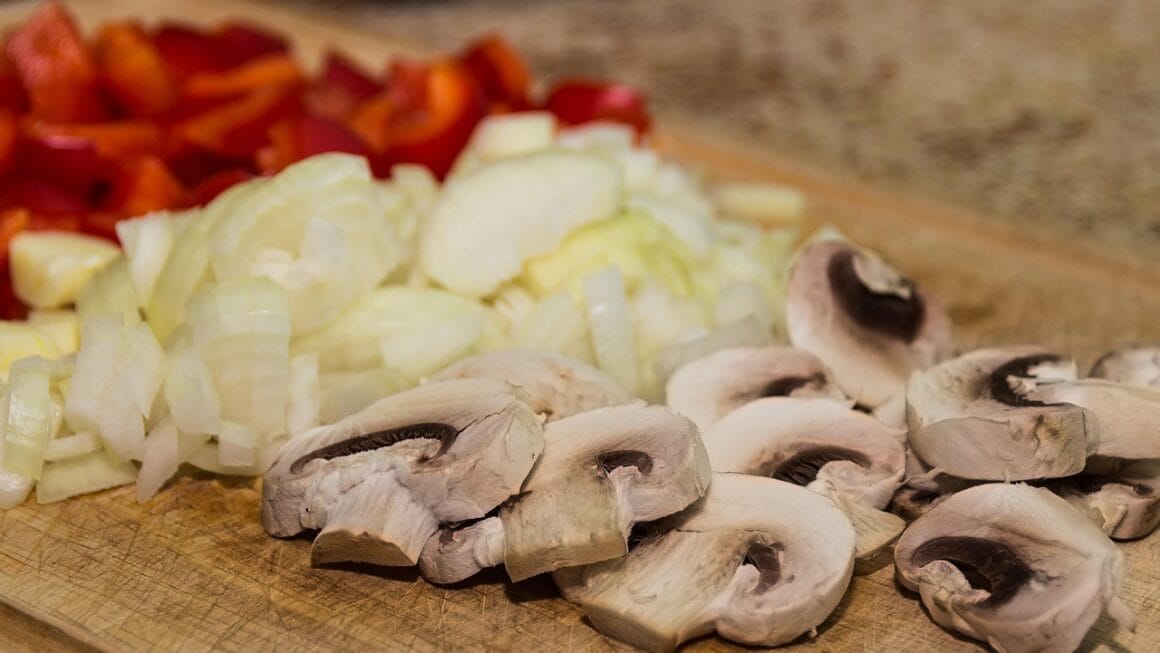Food is so much more than just sustenance; it’s a powerful link to our past, a vibrant expression of our culture, and a delicious way to connect with the generations that came before us. Understanding and preserving our food heritage is vital, not only for maintaining cultural identity but also for promoting sustainable food systems and celebrating the rich tapestry of human history.
What is Food Heritage?
Defining Food Heritage
Food heritage encompasses the culinary traditions, agricultural practices, recipes, ingredients, and cultural practices related to food that are passed down through generations within a community or region. It’s the story of how people have interacted with their environment to produce, prepare, and consume food. This includes:
- Traditional Recipes: Recipes that have been carefully guarded and passed on, often with slight variations reflecting family or regional preferences.
- Unique Ingredients: Locally sourced ingredients specific to a region, often grown or harvested using traditional methods. Think of specific varietals of apples only found in one region, or a unique type of salt harvested using centuries-old techniques.
- Cooking Techniques: Time-honored methods of food preparation, from fermentation and preservation to grilling and baking.
- Agricultural Practices: Sustainable farming methods and traditional cultivation techniques that prioritize biodiversity and respect for the land.
The Importance of Preserving Food Heritage
Preserving food heritage is crucial for several reasons:
- Cultural Identity: Food is intrinsically linked to cultural identity, providing a sense of belonging and connection to our roots.
- Biodiversity: Traditional farming practices often promote biodiversity, preserving rare and indigenous plant and animal species.
- Sustainable Food Systems: Food heritage encourages local sourcing, reduces reliance on industrial agriculture, and minimizes environmental impact.
- Tourism and Economic Development: Food tourism attracts visitors seeking authentic culinary experiences, boosting local economies and supporting small-scale producers.
- Health and Nutrition: Traditional diets often offer a balanced and nutritious approach to eating, reflecting the local environment and available resources.
The Elements of Food Heritage
Local Ingredients: The Foundation of Flavor
Local ingredients are the cornerstone of food heritage. They reflect the unique terroir – the soil, climate, and environment – of a particular region. Protecting these ingredients is essential for maintaining culinary traditions.
- Example: San Marzano tomatoes, grown in the volcanic plains south of Mount Vesuvius in Italy, are prized for their sweetness, low acidity, and thick flesh. Their unique characteristics are a direct result of the region’s terroir.
- Actionable Takeaway: Support local farmers and producers by purchasing locally sourced ingredients whenever possible. Visit farmers’ markets, join a CSA (Community Supported Agriculture) program, or seek out local specialty food stores.
Traditional Recipes: Stories on a Plate
Recipes passed down through generations are more than just instructions; they’re stories woven into the fabric of a community. These recipes often reflect historical events, cultural influences, and family traditions.
- Example: Gumbo, a stew originating in Louisiana, is a prime example of food heritage. It reflects the region’s diverse cultural influences, including African, French, and Spanish cuisines. Its ingredients and preparation methods vary by region and family, each telling a unique story.
- Actionable Takeaway: Document your family recipes. Interview older relatives and record their cooking techniques. Create a family cookbook to preserve these culinary treasures for future generations.
Culinary Practices and Techniques: The Art of Preparation
The methods used to prepare and preserve food are also an important part of food heritage. These practices often reflect resourceful adaptation to local resources and environmental conditions.
- Example: Fermentation techniques, such as making sauerkraut, kimchi, or sourdough bread, are traditional methods used for preserving food and enhancing flavor. These processes not only extend the shelf life of ingredients but also contribute unique flavors and health benefits.
- Actionable Takeaway: Learn traditional cooking techniques from experienced cooks in your community. Attend workshops or culinary classes focused on preserving and preparing local foods.
Threats to Food Heritage
Globalization and Industrialization
The rise of globalization and industrial agriculture poses a significant threat to food heritage. Mass production, standardization, and the dominance of a few multinational corporations can lead to the homogenization of food cultures.
- Loss of Biodiversity: Industrial agriculture often relies on a limited number of crop varieties, leading to the loss of genetic diversity and the extinction of heirloom varieties.
- Disappearance of Traditional Recipes: As convenience foods and processed meals become more prevalent, traditional recipes and cooking skills are often forgotten or abandoned.
- Erosion of Local Food Systems: Globalization can undermine local food systems by favoring imported goods over locally produced ingredients.
Climate Change
Climate change is another major threat to food heritage, impacting agricultural practices, crop yields, and the availability of traditional ingredients.
- Changes in Terroir: Rising temperatures and altered rainfall patterns can change the terroir of a region, affecting the quality and availability of local ingredients.
- Extreme Weather Events: Extreme weather events, such as droughts, floods, and heatwaves, can damage crops and disrupt traditional agricultural practices.
- Loss of Traditional Knowledge: As climate change disrupts traditional ways of life, valuable knowledge about sustainable farming practices and food preparation techniques may be lost.
Social and Economic Factors
Social and economic factors, such as urbanization, migration, and changing lifestyles, can also contribute to the decline of food heritage.
- Urbanization: As people move from rural areas to urban centers, they may lose touch with their culinary traditions and adopt new eating habits.
- Migration: While migration can enrich food cultures, it can also lead to the displacement of traditional food practices as immigrants adapt to new environments.
- Changing Lifestyles: Busy schedules and the increasing prevalence of processed foods can leave less time for traditional cooking and food preparation.
Protecting and Promoting Food Heritage
Documentation and Preservation
Documenting and preserving traditional recipes, cooking techniques, and agricultural practices is crucial for ensuring the survival of food heritage.
- Oral Histories: Record oral histories from elders and community members to capture their knowledge and experiences related to food.
- Recipe Collections: Compile and publish collections of traditional recipes, including detailed instructions and stories about their origins.
- Seed Banks: Establish seed banks to preserve heirloom varieties of crops and ensure their availability for future generations.
- Museums and Archives: Create museums and archives dedicated to documenting and preserving food heritage.
Education and Awareness
Raising awareness about the importance of food heritage and educating the public about traditional foods and practices is essential for fostering appreciation and support.
- School Programs: Incorporate food heritage education into school curriculums, teaching students about local foods, traditional recipes, and sustainable farming practices.
- Culinary Tourism: Promote culinary tourism experiences that showcase local foods, traditional cooking techniques, and cultural traditions.
- Food Festivals and Events: Organize food festivals and events that celebrate local foods and food heritage.
- Community Workshops: Host community workshops on traditional cooking techniques, preserving methods, and sustainable agriculture.
Supporting Local Producers
Supporting local farmers, artisans, and producers is crucial for preserving food heritage and promoting sustainable food systems.
- Buy Local: Purchase locally sourced ingredients whenever possible, supporting local farmers and reducing reliance on industrial agriculture.
- Farmers’ Markets: Shop at farmers’ markets to support local producers and connect with your community.
- CSA Programs: Join a CSA program to support local farms and receive a weekly supply of fresh, seasonal produce.
- Support Small Businesses: Patronize local restaurants, bakeries, and specialty food stores that prioritize local ingredients and traditional recipes.
Conclusion
Food heritage is a valuable and irreplaceable part of our cultural identity. By understanding, preserving, and promoting our food traditions, we can ensure that these culinary treasures are passed down to future generations. This involves actively participating in local food systems, documenting family recipes, learning traditional cooking techniques, and educating others about the importance of food heritage. By taking these steps, we can safeguard the rich tapestry of flavors, stories, and cultural practices that make our food heritage so unique and meaningful.




